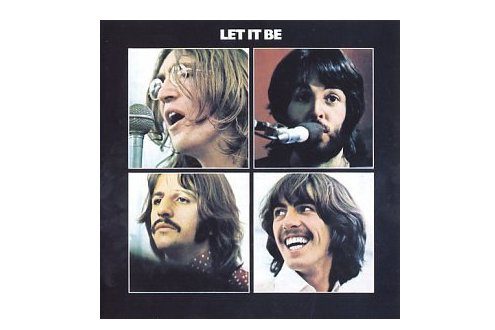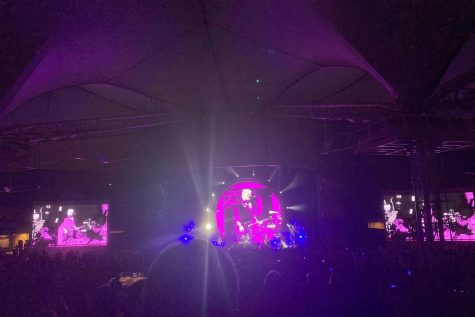Let It Be
A review of the final album by The Beatles.

Let It Be album cover, designed by John Kosh and published by Apple records.
In late 1969, the turmoil between the world’s most famous rock band, The Beatles, was at an all-time high. Creative differences between members lead to arguments about how songs should sound, where they are placed on the album, and who gets credit for the authorship. The Fab Four had just finished a project with the working title of Get Back, an attempt to return to their original stripped-down rock and roll sound. This project was shelved after they began production of their penultimate and worldwide hit album Abbey Road, which only contributed to the infighting between the band. After Abbey Road was completed, the band went back to the Get Back project, and began mixing and mastering it with famed record producer Phil Spector, and not their usual producer George Martin. The band split before the release of Get Back, now titled Let It Be after their single of the same name, and was released post-breakup in May 1970.
Their original goal of the project was to have a more stripped-back sound without the use of overdubs, and it definitely shows in the final product. Though producer Phil Spector did overdub some things such as the choir in songs such as Across the Universe and The Long and Winding Road, the album contains a mostly consistent acoustic aesthetic with very few embellishments. The album opens with the Paul McCartney-penned track Two of Us, a laid-back, acoustic love song about his wife, though many have disputed this as actually being about McCartney’s relationship with fellow band mate John Lennon. The fourth track is I Me Mine, a song written by George Harrison, which is based on the Indian proverb of the same name, and revelations he had while under the influence of LSD. This song was completed very late in the album’s life cycle, leading it to be the final recorded and completed song in the entire Beatles discography. After some filler, the title track of the album shows up, Let It Be, written by McCartney. The song recounts a dream McCartney had during a period of his life when he felt he was “overdoing everything,” and as a result, was very stressed. In the dream, his mother, who had passed away when McCartney was a child, came to him and stated simply, “let it be.” This song later became a number 1 hit single in several countries, becoming one of the Beatles most-known songs. The final significant track is the 3rd to final track, The Long and Winding Road, also written by McCartney. This song is a retrospective of his entire journey with the band and a documentation of his crippling relationship with John Lennon. McCartney stated in several interviews that he disliked and even downright hated the way the song ended up on the album, as it was written as a simple piano tune. In the post-production stages, producer Phil Spector overdubbed a choir, full orchestra, and multiple sound effects using his signature “Wall of Sound” production technique, much to the dismay of the band, and completely eliminating the purpose of the record. This song was the final number 1 single by The Beatles.
At first glance, this album is an oddity among The Beatles’ discography. Compared to previous albums such as their eponymous double album or their 1967 album Sgt. Pepper’s Lonely Hearts Club Band, it is clearly not as powerful, glamorous, or uplifting. The internal turmoil between band members made production of the album a logistical nightmare for everyone involved, and many Beatles fans consider themselves lucky that it even got released at all. The album is nice, a good album to sit back and read a book to, but doesn’t have the impressive multi-tracked horn pieces or experimental sound collages as on previous records of theirs. Aside from all this, Let It Be is a very fine album, and many see it as the perfect send off for the world’s most well-known musical quartet.
Your donation will support the student journalists of Cypress Woods High School. Your contribution will allow us to purchase equipment and cover our annual website hosting costs.



